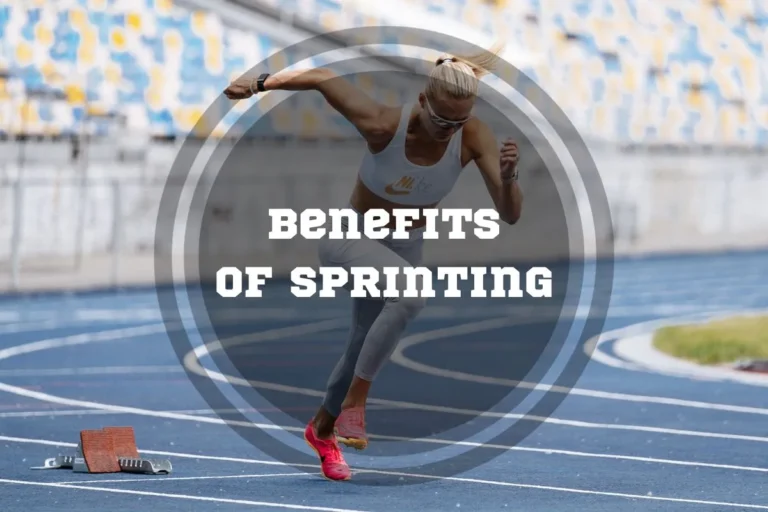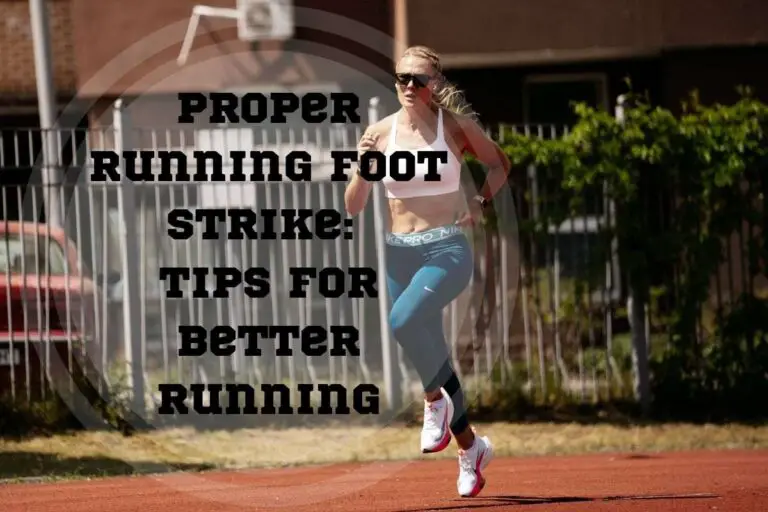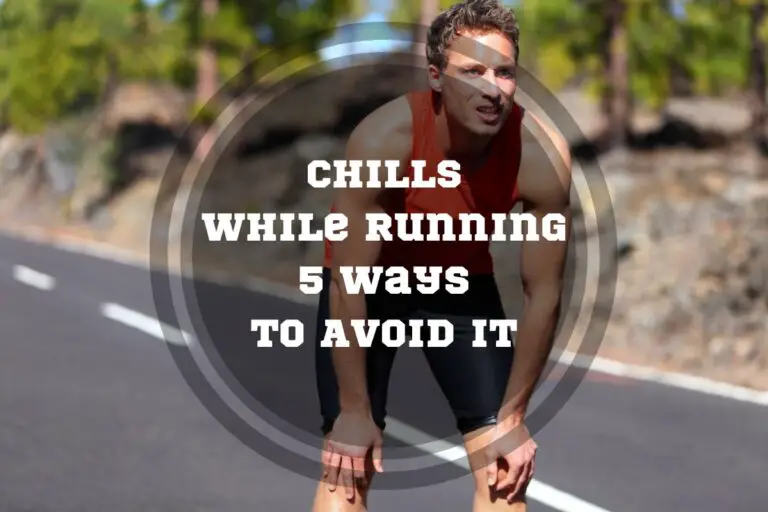How to Keep Knee Brace From Sliding Down: 6 Practical Tips
Running with a knee brace can offer valuable support and protection, but dealing with a constantly slipping brace can be frustrating. However, don’t let the brace slippage become the reason for the disruption in your run. Discovering how to keep a knee brace from sliding down is essential for a comfortable and effective running experience. By following a few straightforward tips we’ve prepared, you will have a knee brace that stays in place, allowing you to focus on the road ahead!
How to Prevent the Knee Brace From Sliding Down?
Every runner must know how to keep a knee brace from sliding down to ensure a comfortable run without injuries. To keep your knee brace in place while running, it’s essential to choose the right type and size, adjust the straps properly, use anti-slip material, and consider moisture-wicking fabric underneath.
Running With Support: The Role of Braces For Runners
Every runner understands the importance of safeguarding their body against potential injuries. But there is a rising question: Do runners really need braces, and can they comfortably hit the track while wearing one?
Runners need braces to provide targeted support and protection to vulnerable areas of the body, such as the knees, ankles, and shins. Braces help stabilize joints, reduce excessive movement, and offer compression to support muscles and tendons. They can help maintain proper alignment, prevent overuse injuries, and provide reassurance while running, allowing runners to continue training with a reduced risk of injury.
And yes, it is possible to run with a brace. Modern sports medicine has developed lightweight, flexible braces designed specifically for runners. These braces offer support without restricting the natural range of motion, allowing runners to maintain their stride comfortably.
When choosing a brace, it’s important to consult a sports medicine professional to ensure proper fitting and select a brace that meets your specific needs. Running with a well-fitted brace can provide the necessary protection and confidence to run without fear of injury, making it possible to enjoy the sport while staying safe.
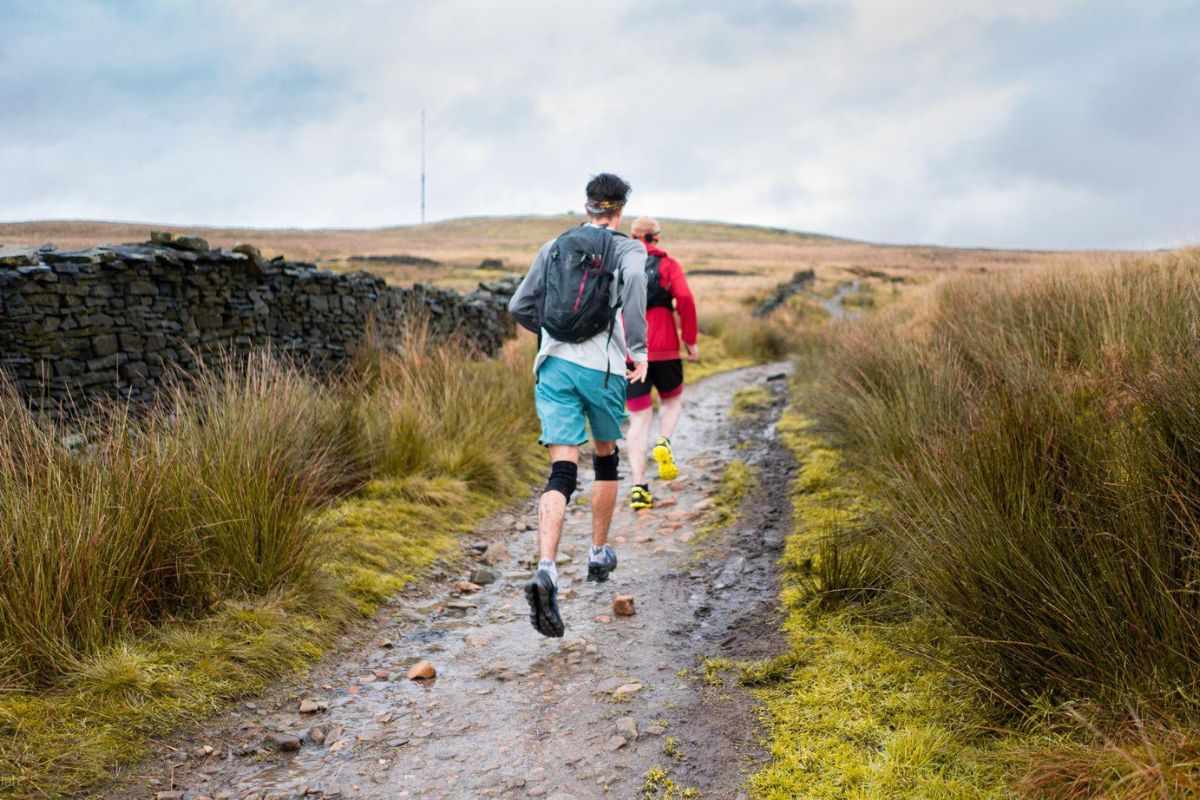
Securing Your Stride: Keep the Bandage In Place
Picture this: You’re out on a glorious morning run, the sun painting the sky with hues of gold, when suddenly you feel your brace slipping out of place. The discomfort and distraction are undeniable, and worse yet, they can compromise the very purpose of wearing the brace. Keeping your brace securely in place during your run is crucial not only for your comfort but also for the effectiveness of the treatment of your injury.
The proper positioning of your brace is crucial when it comes to injury treatment and prevention. Whether you’re recovering from previous damage or using a brace to prevent it, ensuring it stays in place maximizes its effectiveness. An improperly positioned brace might fail to provide the intended support, which could lead to worsening the injury or experiencing new strains.
7 Reasons Why Knee Brace Keep Falling Down
You’ve carefully fastened your knee brace before hitting the pavement, but halfway through your run, you notice it’s slipped down your leg. Frustrating? Absolutely. Surprising? Not entirely. Here are the main reasons why a knee brace won’t stay up:
1. Incorrect Size
Perhaps the most common cause of brace slippage is an incorrect size. Just as shoes that are too big will slide off your feet, a knee brace that doesn’t fit snugly will struggle to stay put.
2. Poor Strap Adjustment
Knee braces often feature adjustable straps for a customizable fit. If these straps are not fastened properly, the brace is likely to shift during movement. A balanced tension across the straps will help distribute pressure evenly and keep the knee brace from slipping.
3. Wrong Type of Knee Brace
Selecting the wrong type of knee brace for your specific running needs can lead to slippage. Different types of knee braces are designed for various purposes, such as stability, compression, or support.
4. Sweat And Moisture
Running induces perspiration, and moisture can be the enemy of brace adherence. Sweat can reduce the friction between your skin and the brace, making it more likely to slide.
5. Skin Irritation
Skin irritation or chafing can cause discomfort and lets you adjust the brace more frequently, leading to potential slippage.
6. Incorrect Positioning
Even a properly sized and adjusted brace can slip if it’s not positioned correctly on your knee. Before you start your run, ensure that the brace is aligned properly over your knee joint and that any stabilizing straps or support structures are in the right place.
7. Overexertion or Intense Movements
Intense movements, sudden changes in direction, or overexertion can put additional stress on the brace, causing it to shift.
6 Tips on How to Keep the Knee Brace From Slipping
The good news is you can take some practical steps to keep your brace securely in place. Let’s explore some basic yet effective tips to stop the knee brace from sliding down.
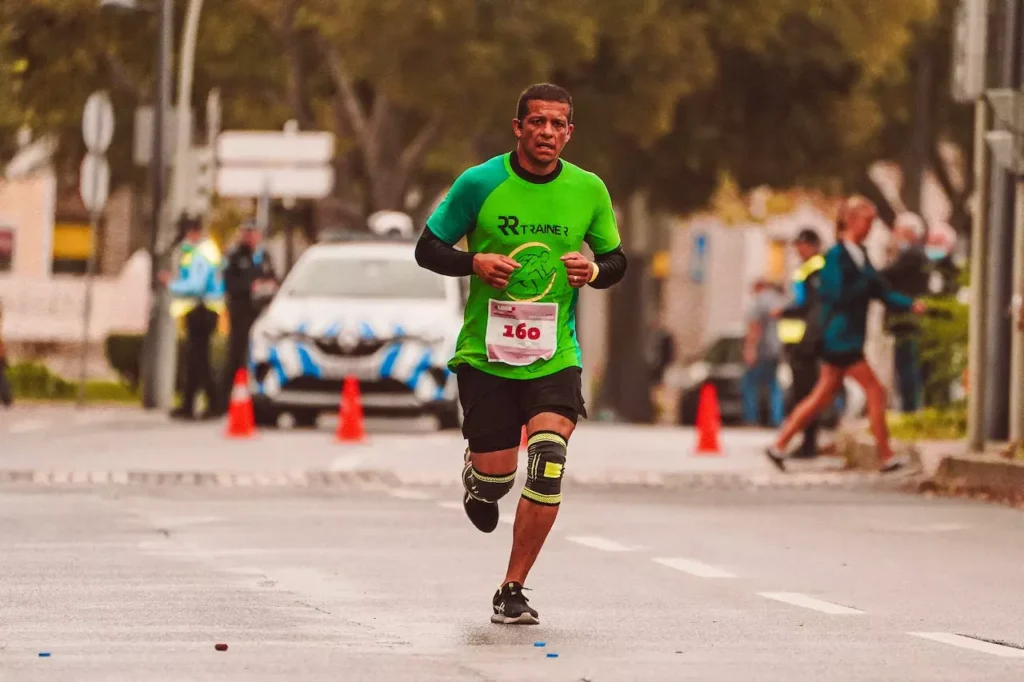
1. Opt For the Right Type of Brace
The foundation of a secure run starts with selecting the appropriate type of knee brace. Depending on your running needs, opt for a brace designed to provide the necessary support. Braces can provide different levels of stability, compression, and protection depending on the type you choose.
2. Choose the Correct Size
If you ever wondered how to keep full leg brace from sliding down, the right size is the answer you were looking for. Follow the sizing guidelines provided by the manufacturer and, if possible, try the brace on before purchasing. A snug fit that doesn’t constrict circulation is the goal. Remember that a brace that’s too loose will struggle to stay in place, while one that’s too tight can cause discomfort and hinder your range of motion.
3. Adjust Straps Properly
Pay close attention to the adjustable straps on your knee brace. These straps are designed to provide a customized fit, but they need to be fastened correctly. Read the manufacturer’s instructions for proper adjustment, and ensure that the tension is balanced across all straps. This even distribution of pressure will help prevent the brace from shifting during your run.
Subscribe to Our Running Newsletter!
Get free running tips from renowned professional athletes and discounts from top-notch brands.
4. Layer With Moisture-Wicking Fabric
Sweat can quickly turn into a slippery adversary for your brace. Combat this by wearing moisture-wicking fabric, such as compression shorts or moisture-wicking sleeves, underneath your brace. This material helps manage sweat and reduces the risk of your brace sliding due to excess moisture.
5. Combat Skin Irritation
Take preventive measures if you frequently find yourself adjusting your brace due to skin irritation. You can apply anti-chafing products or use a soft, moisture-wicking fabric as a barrier between your skin and the brace. This not only prevents chafing but also enhances brace adherence by reducing the need for constant adjustments.
6. Regularly Check Positioning
Before you start your run, ensure your knee brace is positioned correctly over your knee joint. Double-check that any stabilizing straps or support structures are in the right place. During breaks in your run, take a moment to assess the brace’s position to prevent any subtle shifts that could lead to slippage.
How To Choose a Knee Brace that Stays In Place?
Let’s delve into the factors that contribute to a brace that stays put!
1. Types of Knee Braces
When it comes to knee braces, the one-size-fits-all approach doesn’t hold true. Different types of braces are designed to address specific concerns and conditions, each with its own unique features:
1. Stability braces
These braces are ideal for runners seeking to prevent or recover from mild to moderate ligament injuries. They offer lateral and medial support to keep the knee aligned.
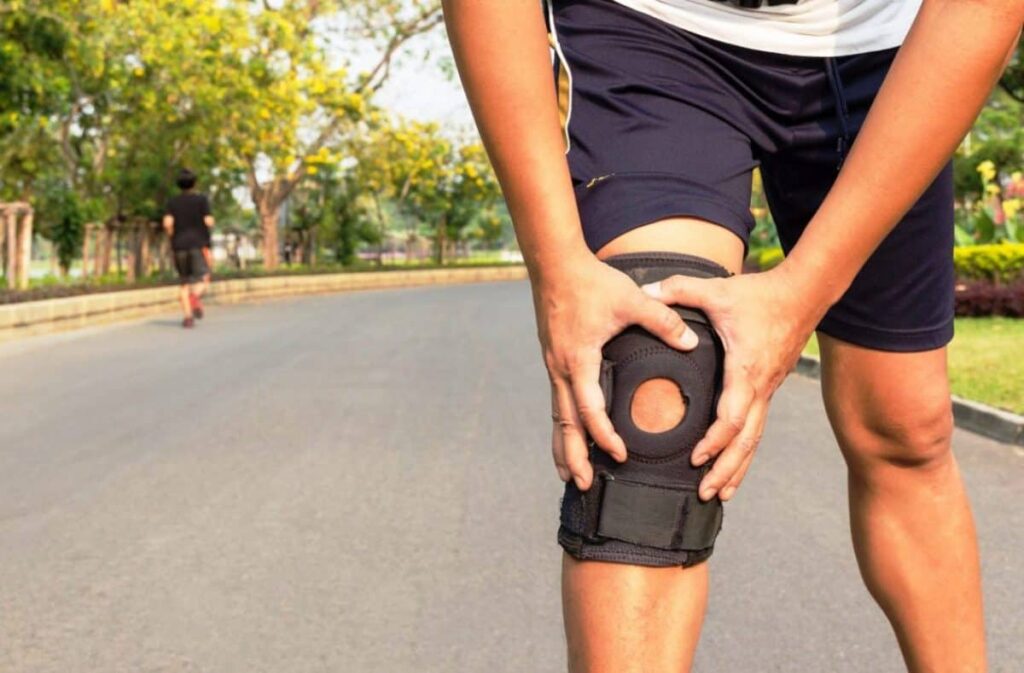
2. Compression sleeves
These snug-fitting sleeves provide uniform compression, which can help reduce swelling and enhance blood circulation. They’re a great option for runners looking for minor support and muscle stabilization.
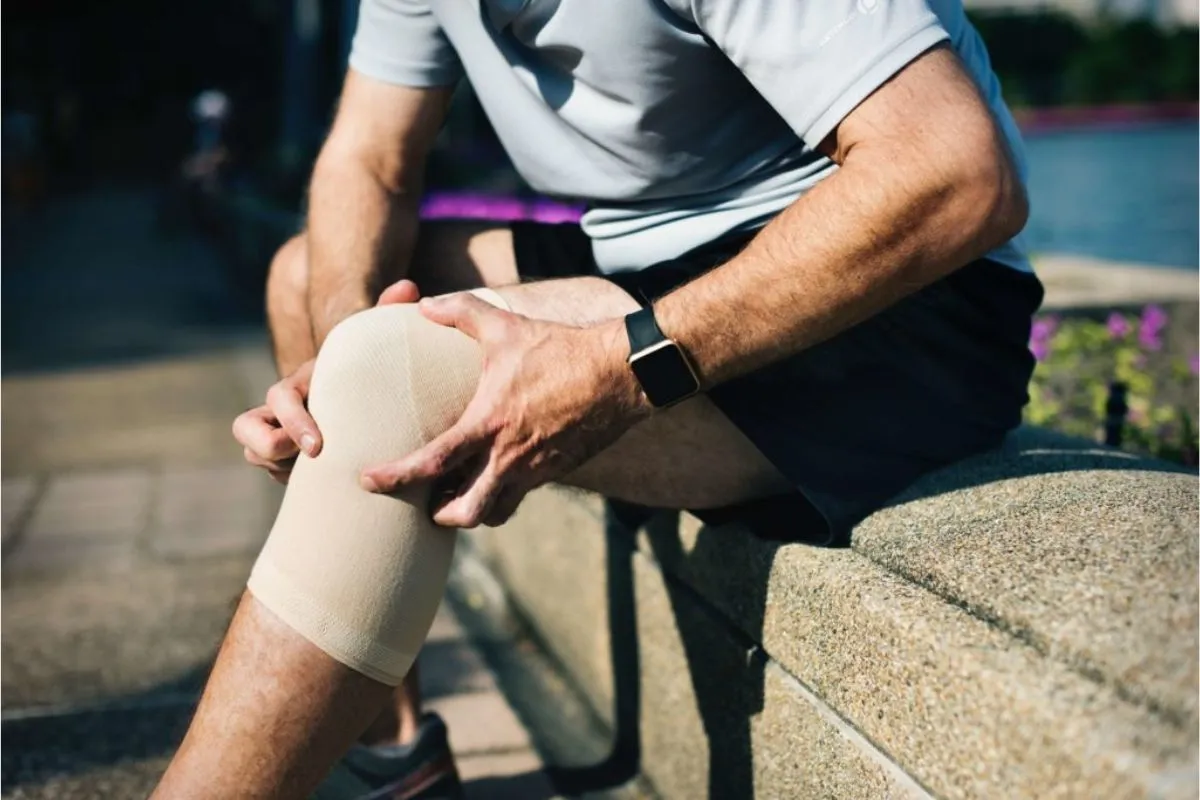
3. Hinged braces
Offering the highest level of support, hinged braces are recommended for more severe injuries or post-surgery recovery. They often come with metal hinges to control movement and offer greater stability.
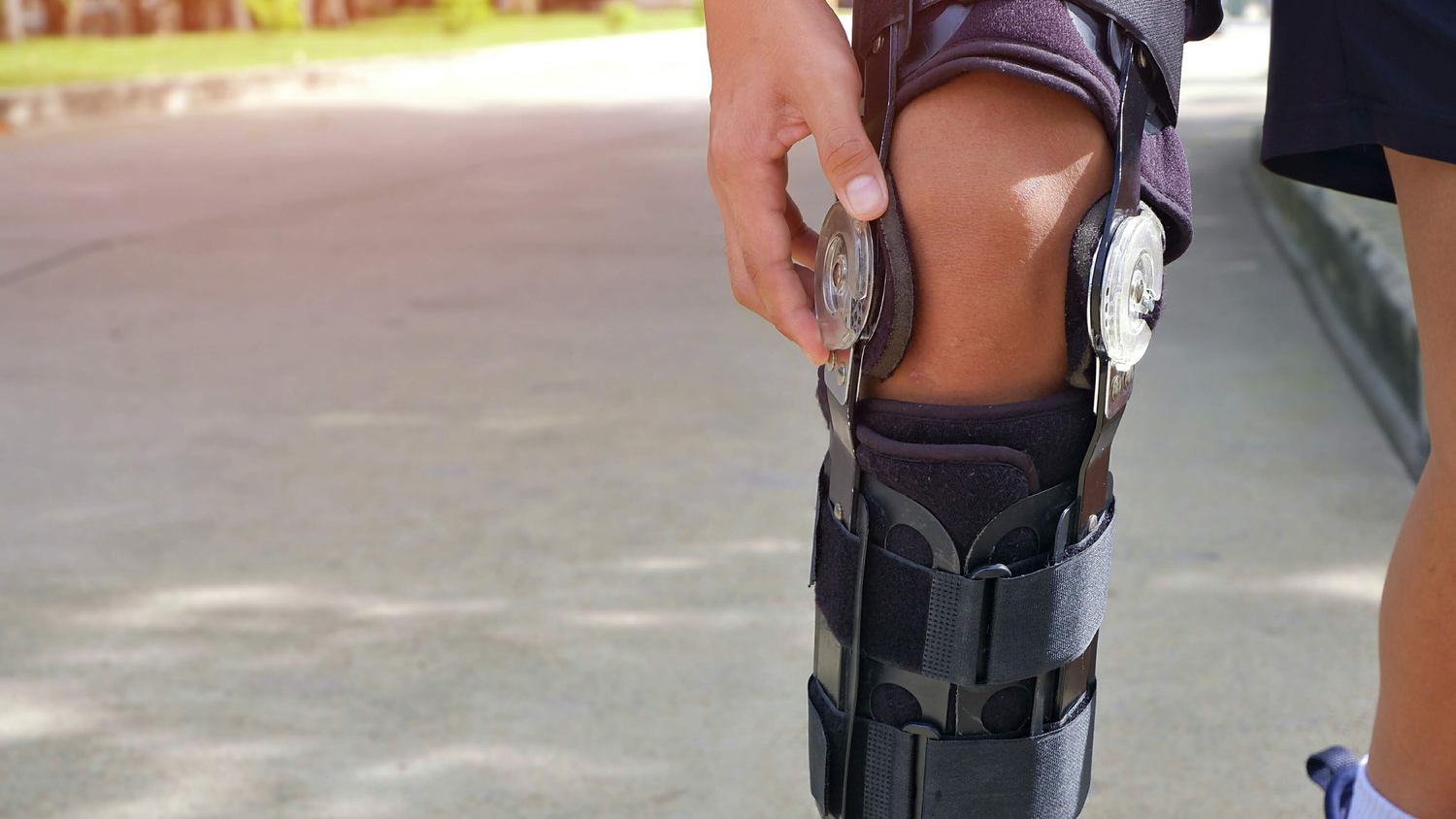
2. Choosing the Right Size
Achieving the ideal fit is crucial for brace adherence. Follow these steps to find the perfect size:
- Measure accurately: Use a measuring tape to measure the circumference of your thigh and calf a few inches above and below the knee joint. It’s better to refer to the brace manufacturer’s provided sizing chart.
- Follow sizing guidelines: Different manufacturers might have slightly different sizing criteria, so follow the specific guidelines.
- Check for comfort: A well-fitted brace should be tight but not too much. Ensure that you can move your knee comfortably without constriction.
3. Additional Adherence Features
Some knee braces come with innovative features designed to enhance adherence during physical activity:
- Anti-slip material: Look for braces with silicone strips or bands strategically placed inside to prevent slipping. These grippy materials create friction between the brace and your skin, keeping it in place. Some knee braces come with innovative features
- Wraparound design: Braces with wraparound designs often provide better control over tightness and compression. They’re particularly useful for those who find it challenging to get the proper fit with pull-on sleeves.
- Adjustable straps: Many knee braces feature adjustable straps that allow you to customize the fit to your comfort. These straps can help secure the brace in place, preventing unwanted shifting.
Frequently Asked Questions about Knee Braces
Can I change the brace if it compresses the back of my knee?
Yes, if a knee brace is causing discomfort by compressing the back of your knee, it’s essential to consider changing the brace. Comfort is crucial during physical activity, especially when running. A brace that causes discomfort or restricts blood flow can interfere with your performance and may even lead to further issues.
Do you wear a knee brace over your pants?
Typically, knee braces are worn directly against the skin or over a thin layer of clothing, such as a moisture-wicking sleeve or compression shorts. Wearing a knee brace over your pants may not provide the optimal fit, support, or comfort. The primary reason for this is to ensure that the brace maintains direct contact with the skin to prevent slippage and effectively distribute its support or compression.
Summing Up Everything about Knee Braces
Before heading out for your next run, it’s essential to remember the crucial role that a properly fitting brace plays in protecting you during your workout. By choosing the right type, ensuring a proper fit, and applying smart adherence techniques, you’re setting yourself up for a confident and injury-free stride.
Do you have any tips we didn’t cover? Have you found a particular type of knee brace or technique that works like magic for you? Feel free to share your thoughts, tips, and experiences in the comments below!
Also read:
- Running With Training Shoes
- 3 Day a Week Running Plan For Half Marathon
- What to Eat Before 10K Race
- Lactic Acid When Running
- How to Wear Shoes Without Socks
- Best Running Shoes for Older Men
- Running With Sciatica
- 18 Minute 5K
- Why Are Runners So Skinny
References:
- Knee Braces: Current Evidence and Clinical Recommendations for Their Use // American Family Physician: https://www.aafp.org/pubs/afp/issues/2000/0115/p411.html
- How to Wear a Knee Brace for the Best Protection // Technology in Motion: https://www.technologyinmotion.com/how-to-wear-a-knee-brace-for-the-best-protection/
- SIZE CHART – KNEE BRACES // Shock Doctor: https://www.shockdoctor.com/pages/size-chart-knee-braces
- Innovative new knee brace already showing fantastic results // Orthopaedic Product News: https://www.opnews.com/2020/01/innovative-new-knee-brace-already-showing-fantastic-results/16036
If you have any questions or suggestions, you can contact us via email – [email protected]



